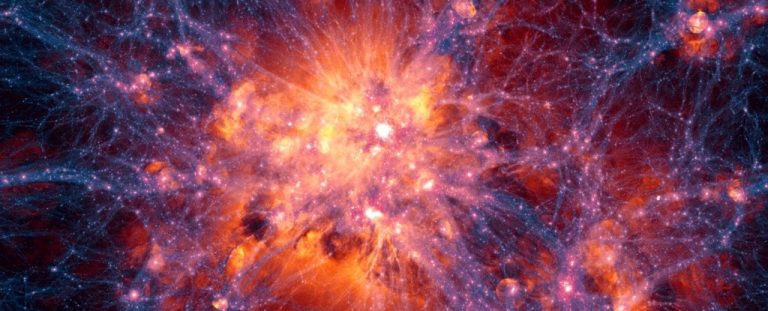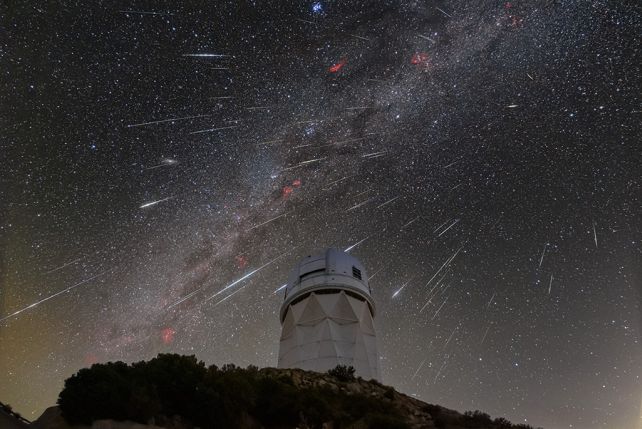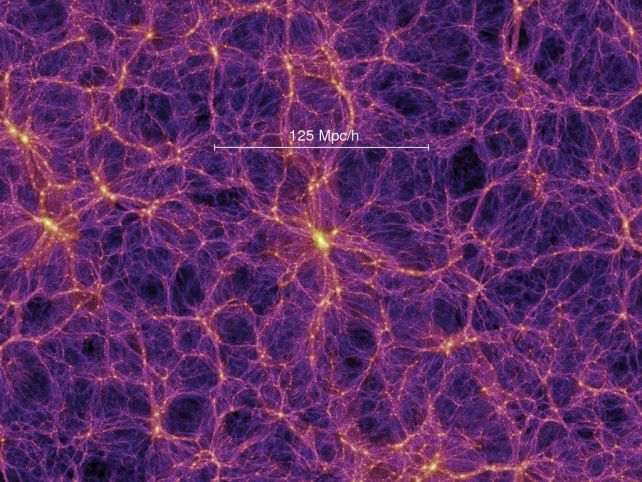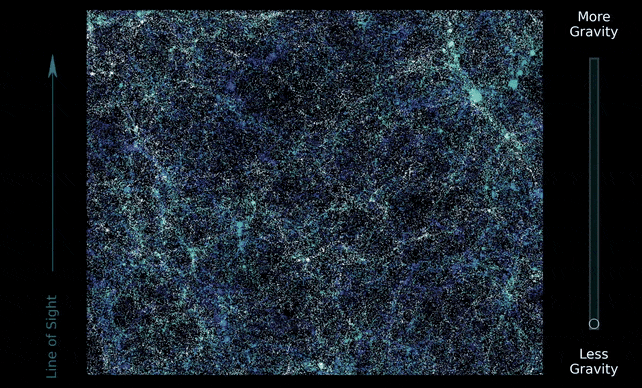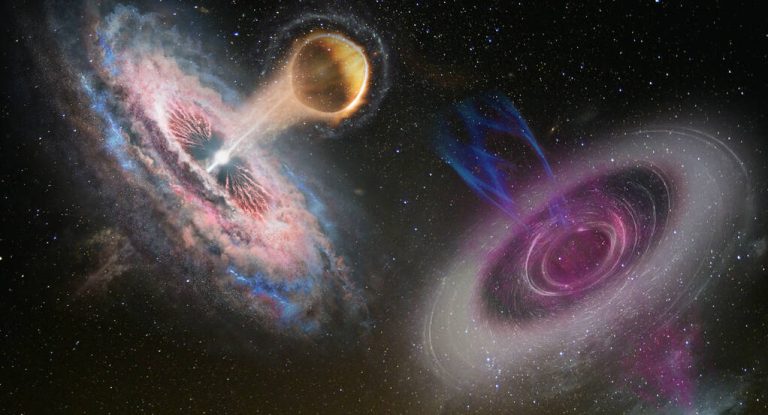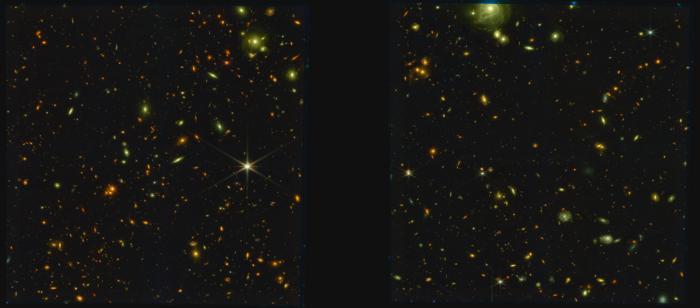Dark Energy’s Changing Nature: Fresh Findings Support Evolution
Dark energy, once believed to be a constant force driving the universe’s accelerated expansion, now shows signs of evolution. Recent data from the Dark Energy Spectroscopic Instrument (DESI) suggest that its influence might be decreasing over time, opening up possibilities that the cosmos may eventually slow its expansion and even reverse into a contraction phase. This finding challenges established theories and hints at a vital cosmic fate.
Summary
- New observations indicate that dark energy may be changing over time
- DESI’s data from its first three years show a potential decrease in dark energy’s influence
- The accelerating expansion of the universe might eventually slow or reverse
- This evolution questions the long-held view of dark energy as a constant force
- Advanced instruments and telescopes, including DESI and the Mayall Telescope, play a key role
- Future missions such as ESA’s Euclid mission and NASA’s SPHEREx observatory will add more data
- The possibility of a “Big Crunch” challenges the idea of an eternal “Big Chill”
- The evidence comes from precise measurements of baryon acoustic oscillations
- The findings have sparked renewed discussions in cosmology and astrophysics
- More data are needed to confirm these results beyond the current statistical range
- Theoretical models may need revisions to incorporate evolving dark energy
- International collaboration is central to this ongoing research
- Future surveys from observatories like the Vera C. Rubin Observatory will enhance our understanding
- The evolving nature of dark energy could reshape our ideas about the universe’s fate
- This research underlines the complexity and mystery of the cosmos
Introduction
Scientists have long been fascinated by the forces that shape our universe. Dark energy is one of the most mysterious of these forces, thought to be responsible for the accelerating expansion of the cosmos. Recent evidence from DESI is now challenging the view of dark energy as a constant force. Instead, new measurements hint at a potential evolution in its strength over time. This discovery may eventually change our understanding of how the universe will develop and what its ultimate fate might be.
The Mystery of Dark Energy
Dark energy makes up nearly 70% of the universe, yet its nature remains largely unknown. Originally, researchers believed that dark energy was a static force—an unchanging element represented by the cosmological constant. However, recent observations suggest that this energy may be fading. Using the Mayall Telescope, scientists have begun to map the distant universe in unprecedented detail. Their work indicates that the force behind cosmic expansion might not be as robust as once thought.
DESI’s Pioneering Role
The Dark Energy Spectroscopic Instrument (DESI) has significantly advanced our ability to study the cosmos. Over the first three years of its mission, DESI has mapped nearly 15 million galaxies and quasars, providing researchers with a detailed look at cosmic history. By examining baryon acoustic oscillations—a kind of ripple in the distribution of galaxies—DESI offers a “standard ruler” for measuring cosmic expansion. These precise measurements reveal subtle shifts that may point to a weakening of dark energy. Such findings have spurred vigorous debates among astrophysicists regarding the future evolution of the universe.
Comparative Analysis Through Data
To understand these changes, researchers have compared historical data with recent observations. The table below summarizes the differences in cosmic behavior over time:
| Observation Period | Dark Energy Influence | Cosmic Expansion Trend |
|---|---|---|
| Early Universe | Very Strong | Rapid Expansion |
| Recent Findings | Moderately Weaker | Slowing Expansion |
Another comparison between theoretical models is shown here:
| Theoretical Model | Prediction | Alignment with Data |
|---|---|---|
| Cosmological Constant | Constant, unchanging energy | Partial alignment |
| Evolving Dark Energy | Decreasing influence over time | Better alignment |
A Glimpse into the Future
The evolving nature of dark energy opens up intriguing possibilities. If dark energy continues to decline, the force driving the accelerated expansion may eventually diminish enough for gravity to regain dominance. In such a scenario, the universe might slow down and ultimately reverse its expansion, leading to a collapse known as the Big Crunch. This contrasts with the earlier view of a never-ending expansion leading to a cold, empty cosmos, sometimes called the “Big Chill.” Although these ideas are still speculative, they offer a fresh perspective on the fate of our universe.
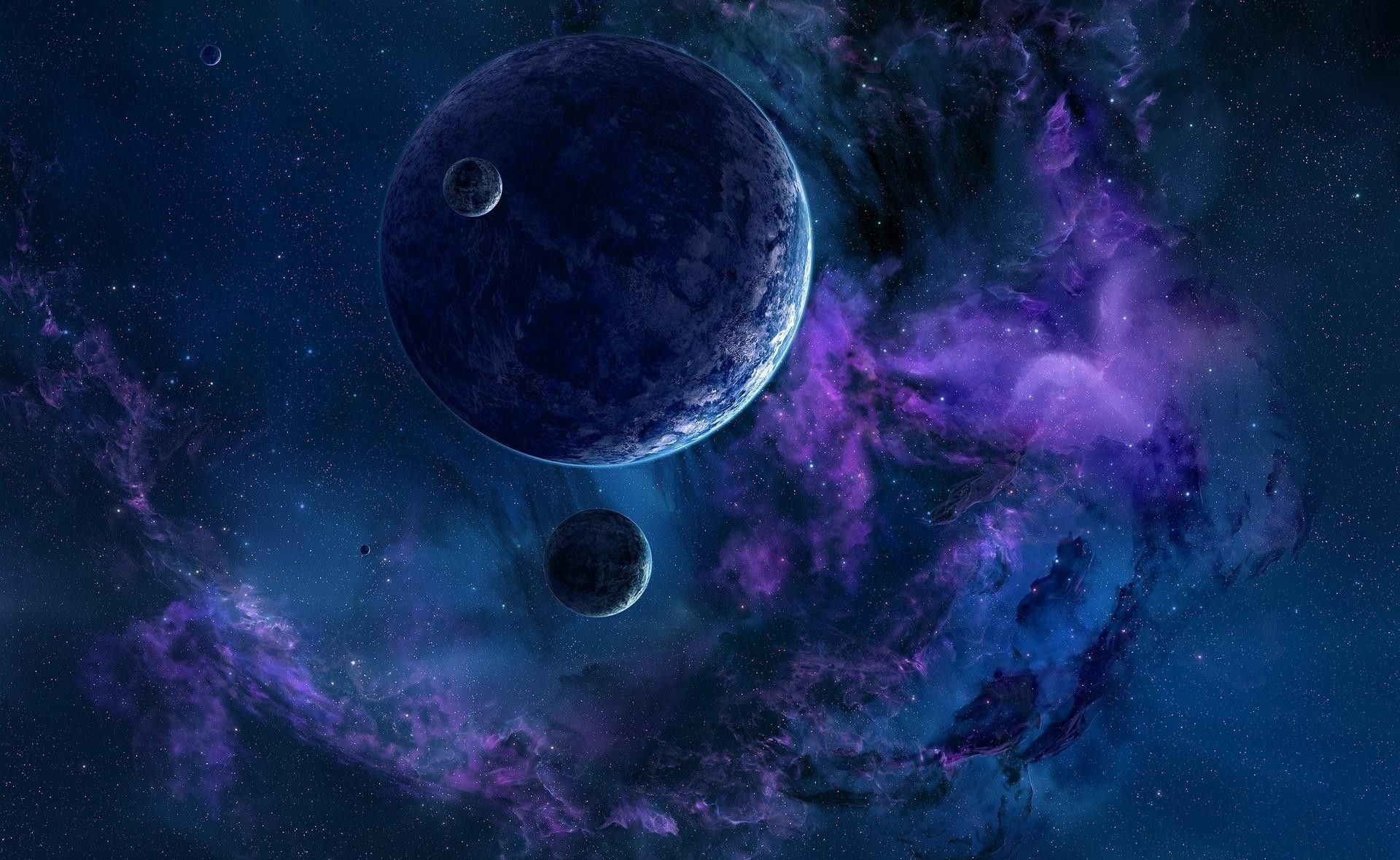
Ongoing Research and Collaborations
While the DESI findings are promising, they are not yet conclusive. The current statistical significance ranges from 2.8 to 4.2 sigma, which falls short of the 5-sigma threshold required for a definitive discovery. Scientists are careful to consider these results as part of an ongoing investigation. Numerous tests and cross-checks are underway to rule out systematic errors or other unknown factors. The collaborative effort among institutions and observatories worldwide is crucial. Upcoming projects such as the Euclid mission, SPHEREx, and the Rubin Observatory promise to enhance our understanding further.
Theoretical Challenges and Possibilities
A dynamic dark energy forces theorists to revisit many established ideas. Traditional models based on a constant dark energy must be re-evaluated. Scientists are now exploring new theoretical frameworks that incorporate a changing dark energy. These models suggest that the universe could eventually experience a phase where gravitational forces overcome dark energy’s push, initiating a contraction. Although the idea of a future Big Crunch is still hypothetical, it stimulates research into alternative cosmic scenarios that challenge conventional wisdom.
Facts
- Dark energy is one of the greatest mysteries in modern science
- It accounts for about 70% of the universe’s total energy content
- The DESI project has revolutionized our view of the cosmos
- Instruments like the Mayall Telescope allow us to see billions of years into the past
- The evolving nature of dark energy offers fresh insights into cosmic destiny
The possibility that dark energy is evolving over time represents a significant shift in our understanding of the universe. Rather than being a static force, dark energy may be diminishing, which could lead to a future where the expansion of the cosmos slows or even reverses. This new perspective challenges longstanding theories and promises to reshape our ideas about the ultimate fate of the universe. Continued observations and theoretical work will be essential to confirm these intriguing hints. As more data from DESI and other missions become available, scientists hope to unveil the true nature of dark energy and its profound impact on our cosmic future.
References
- Sky Survey Boosts the Case for Dark Energy’s Downturn
- Rubin Observatory Tag
- ESA Euclid Mission
- APS Joint Meeting
- Dark Energy YouTube
- Cosmological Constant
- NBC News Article 1
- NBC News Article 2
- LBL Dark Energy Findings
- Big Crunch Explanation
- WMAP Universe Fate
- DESI Data Release Guide
- DESI Project
- LBL New DESI Results
- NASA Dark Energy


